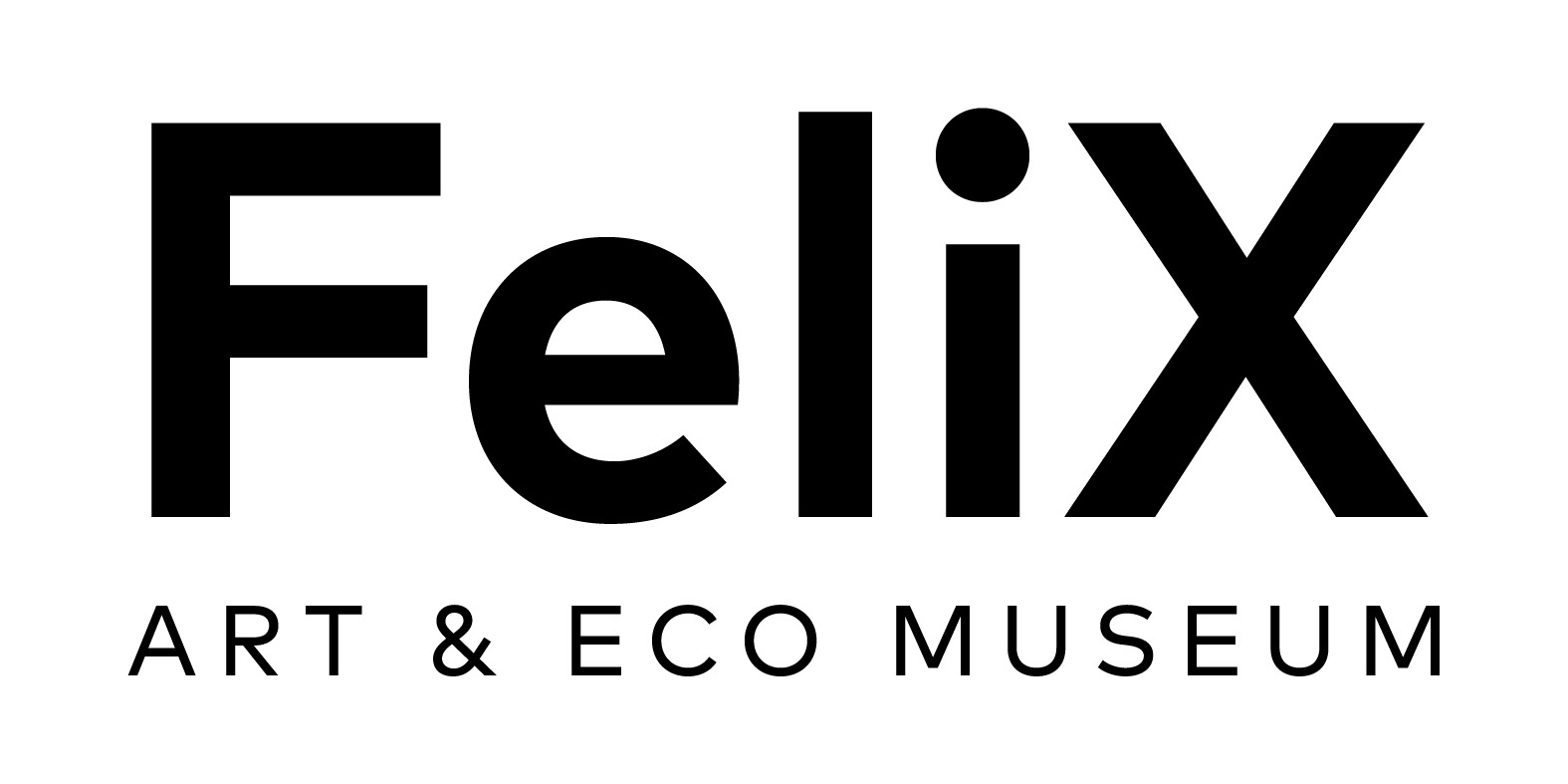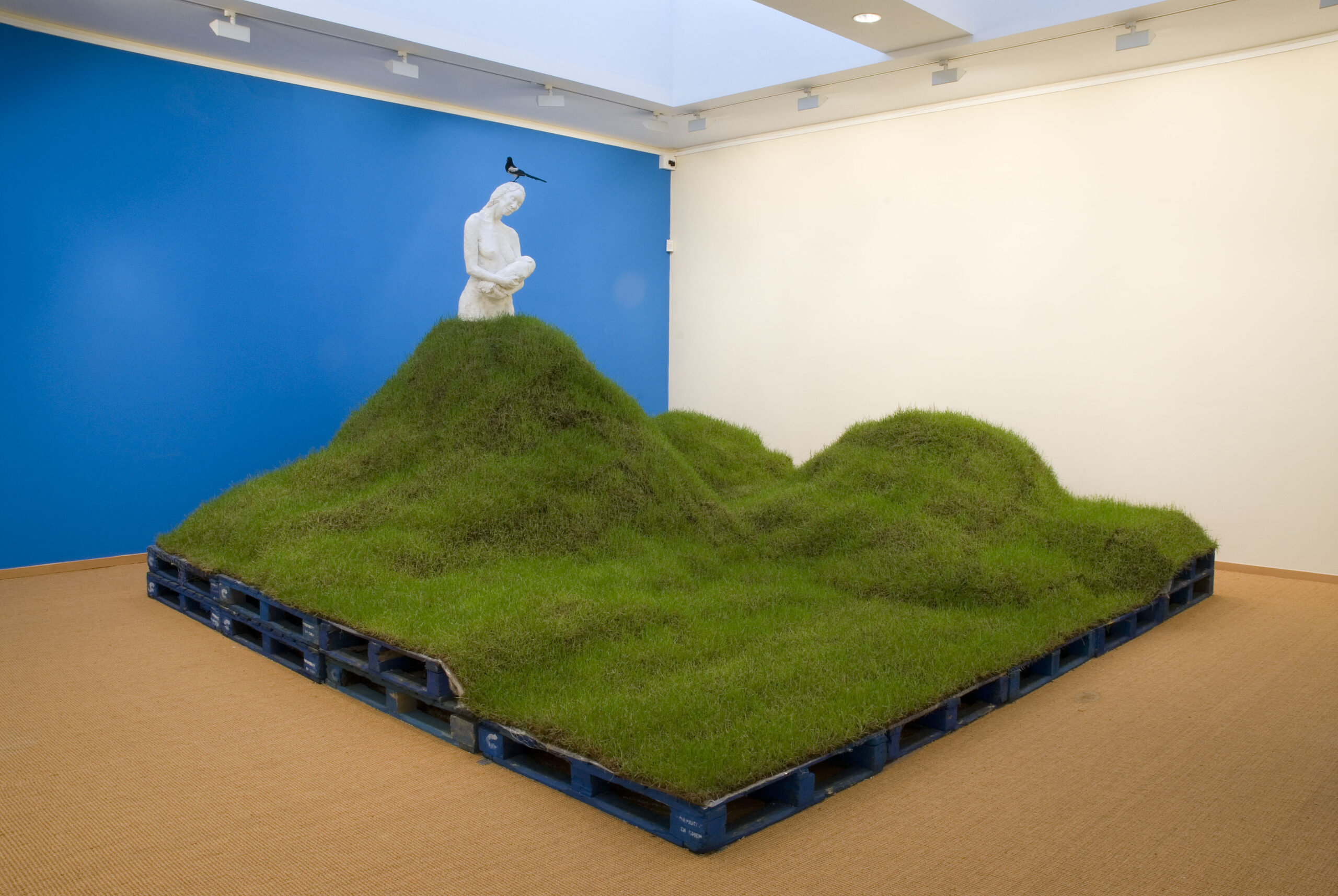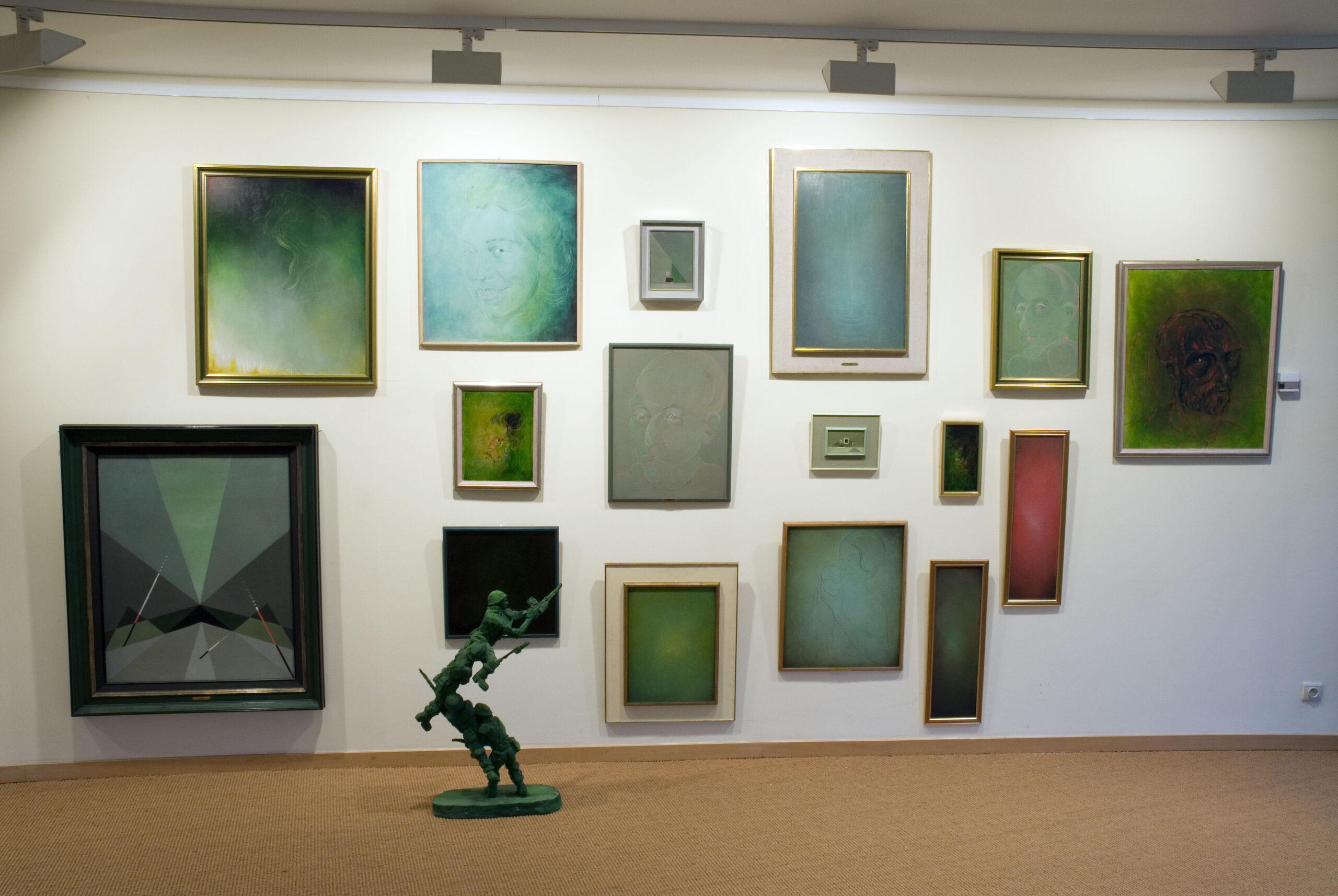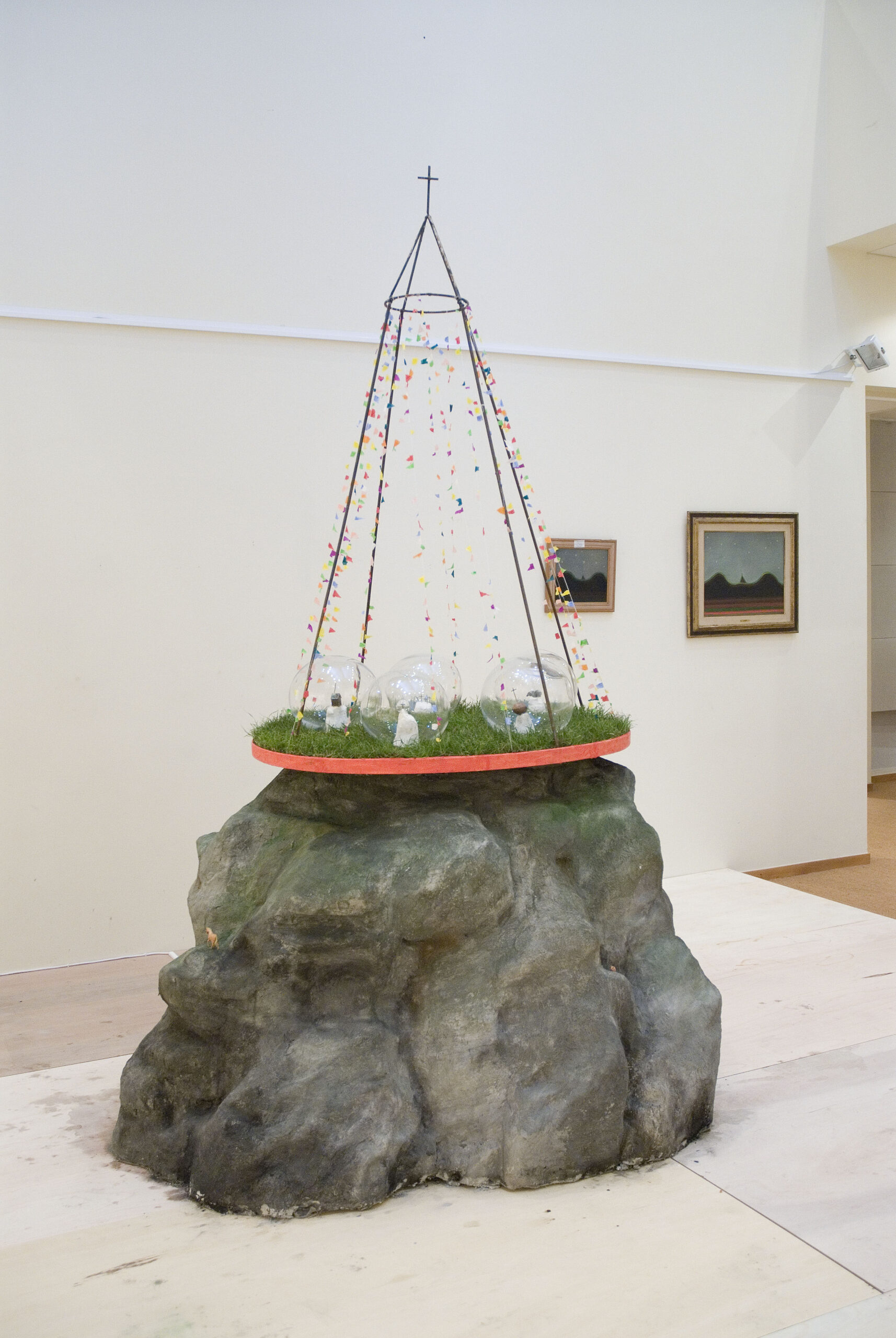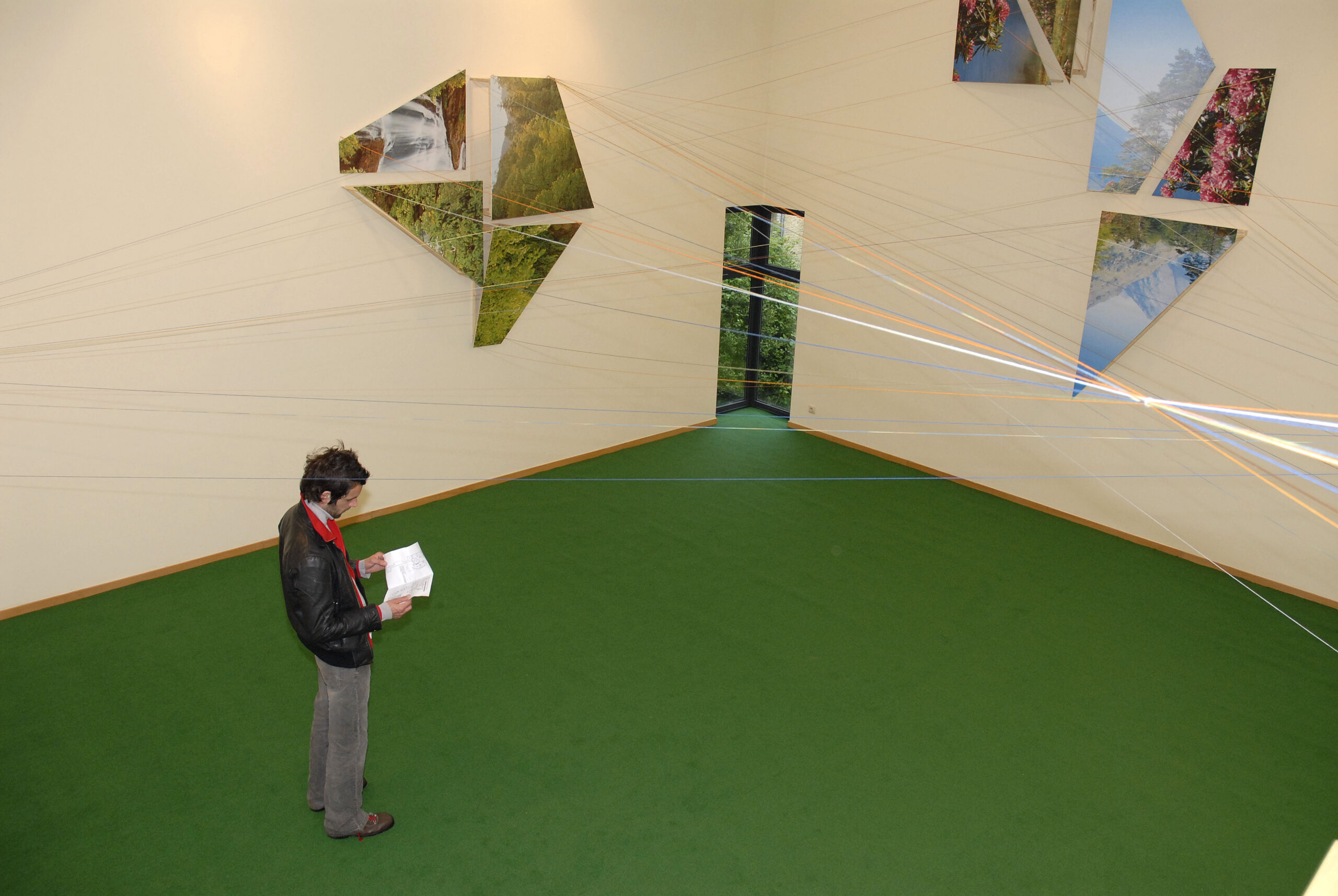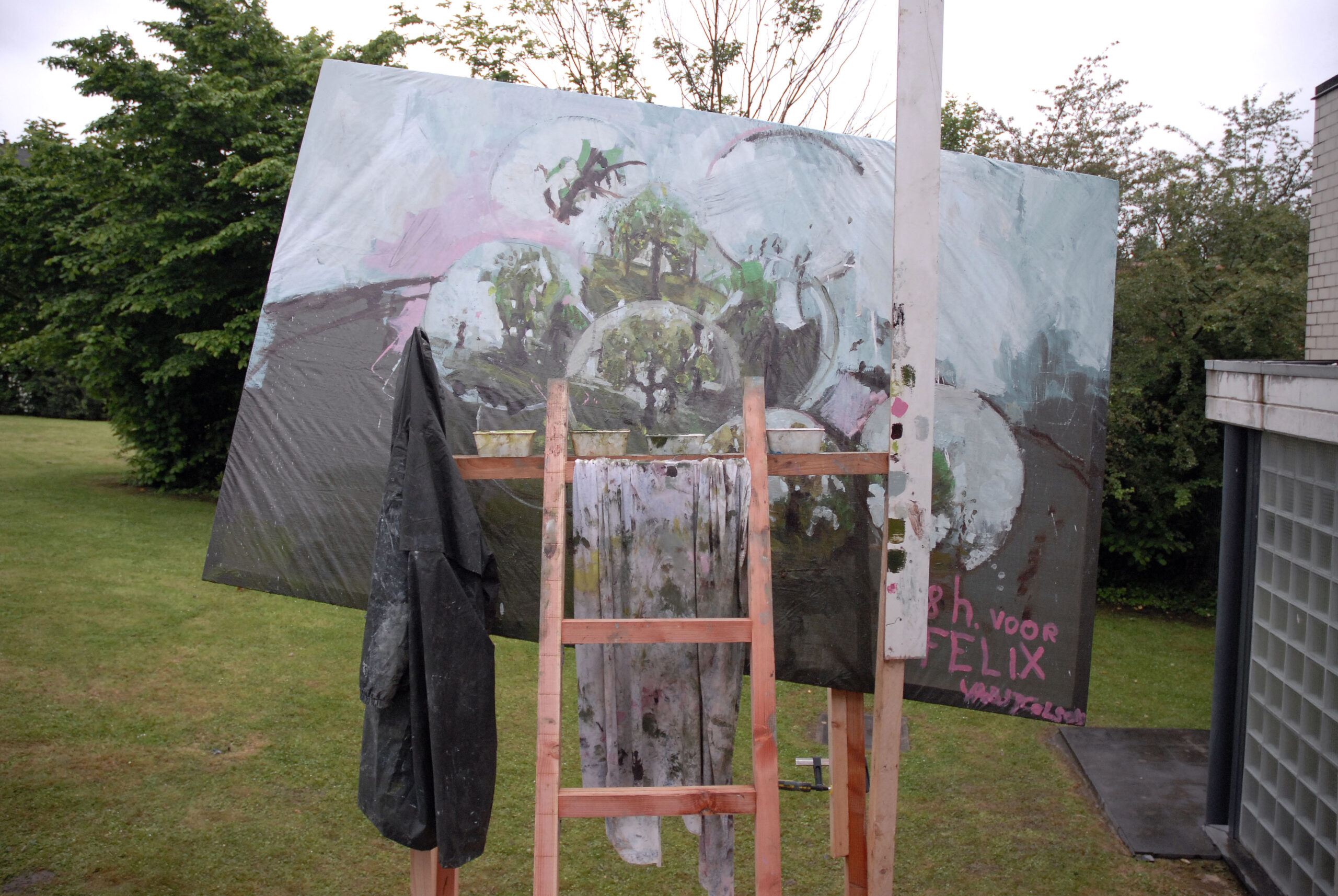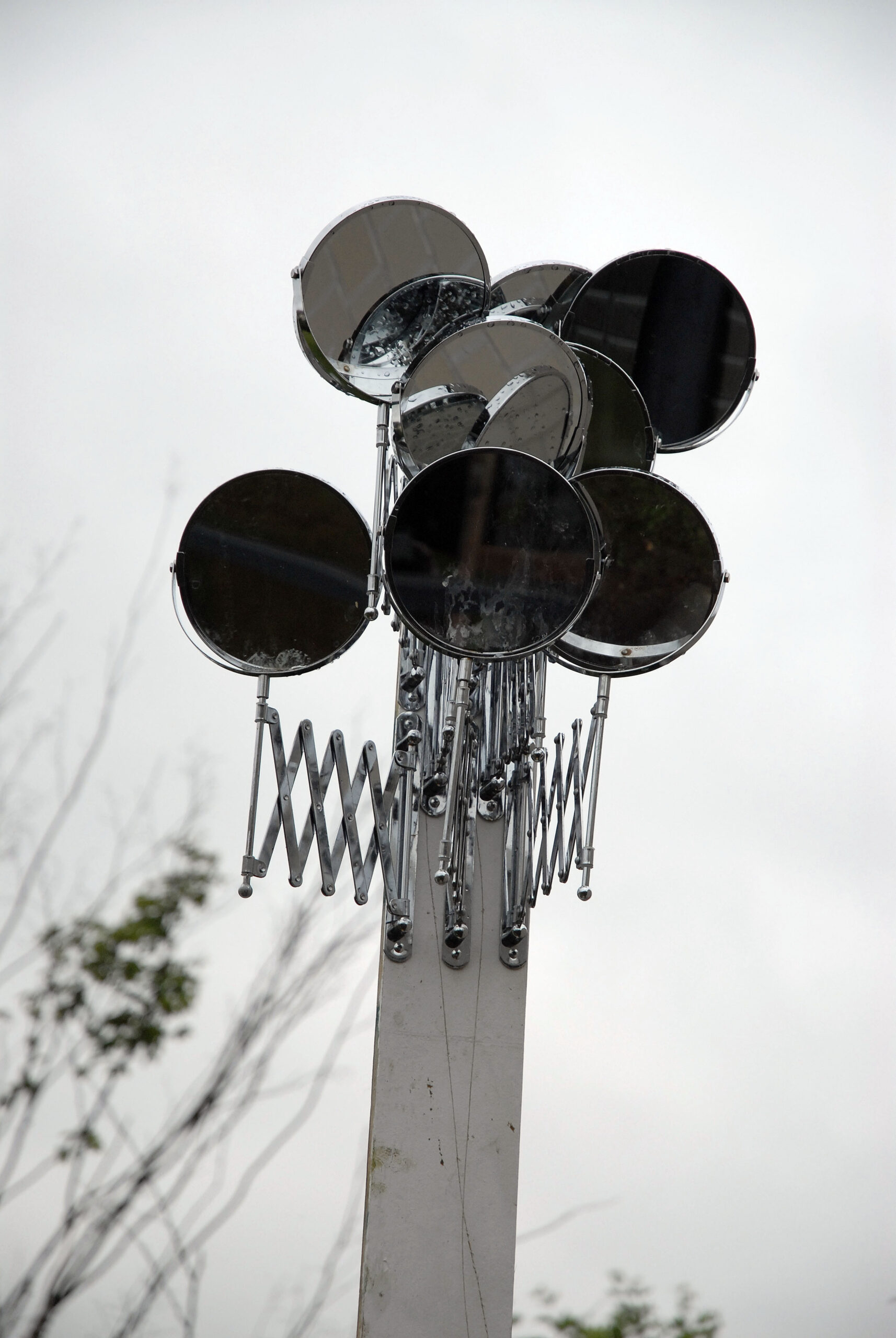amici
Vaast Colson - Caroline Coolen - Anton Cotteleer - Nadia Naveau - Annelies Vanhaverbeke
26.05 -27.08.2005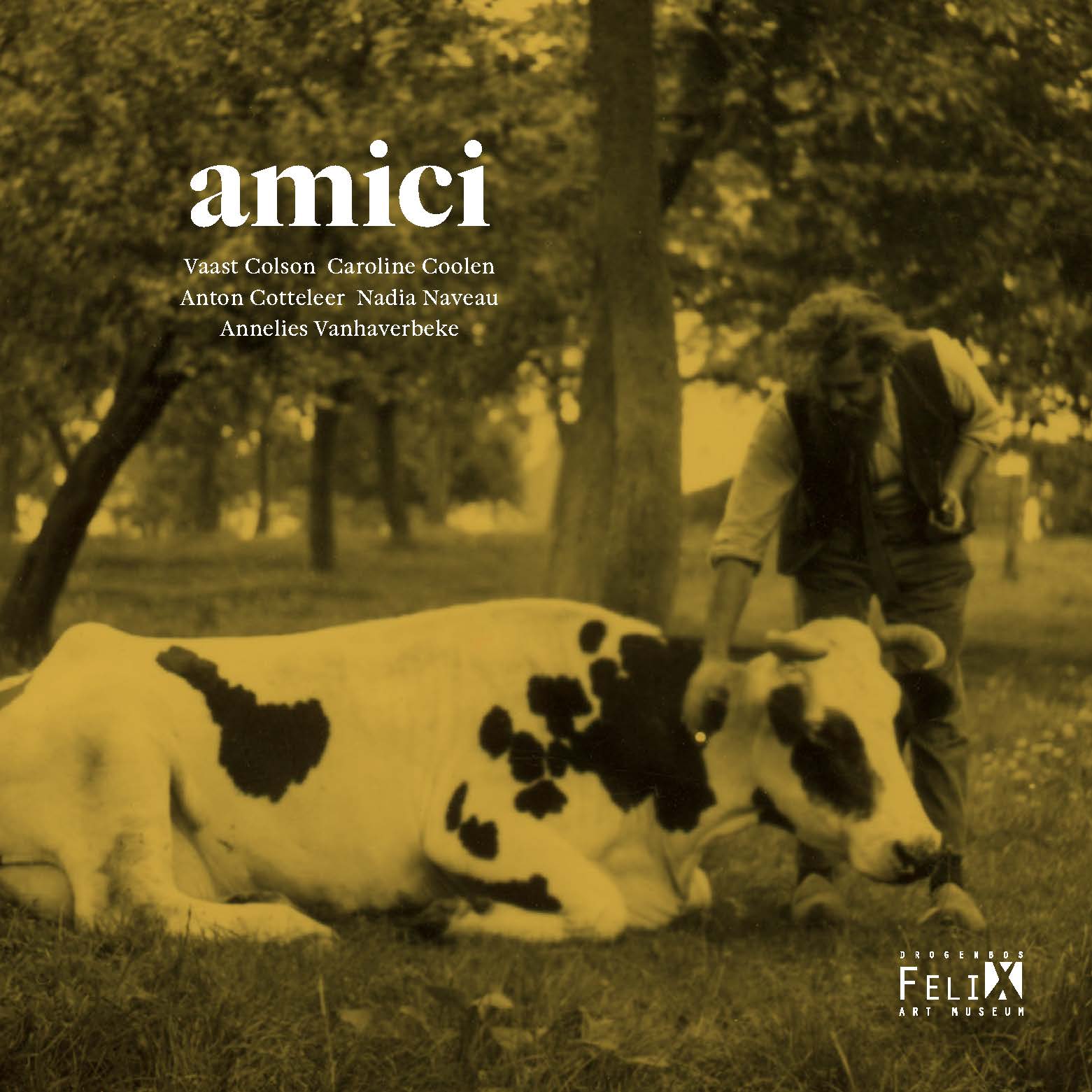
amici - We are 'Boecked'
For ten years, the permanent collection of Felix De Boeck remained untouched since the museum was founded. In 2006 this changed, and how! At the invitation of the new artistic director Sergio Servellón, five young Belgian artists confronted Felix De Boeck. He was dug up, stripped down, analysed, reviled and admired. The reserve became a laboratory, the farmstead a time machine. Vaast Colson, Caroline Coolen, Anton Cotteleer, Nadia Naveau and Annelies Vanhaverbeke saw in Felix a man who was almost compulsively disciplined. They saw a moralist, but also a deeply religious farmer. Of course, also an artist who walked many paths and a man who was looking for meaning and generosity, after misery, war and death. A fantastic, but penetratingly sharp acquaintance. The generation gap was wide and yawning, but there was no shortage of bridges.
Integrity
Vaast Colson
Caroline Coolen
Anton Cotteleer
Nadia Naveau
Annelies Vanhaverbeke
Integrity
the soul of Amici
“What these artists have in common with each other and with Felix is integrity. They are all artists who work from a sincere inspiration. They make art out of necessity and not because of economic value, press or entourage.” With this, Sergio Servellón puts forward the soul of Amici. He let everyone do their thing: both old and new work contrast or dialogue with the oeuvre of De Boeck, both inside and outside the museum.
Vaast Colson
“I particularly like what Felix De Boeck stands for: a radical figure who chooses to be a farmer in a quest for authenticity in which he, as an artist, distanced himself from every form of institutionalism.”
Vaast Colson learned how Felix De Boeck imposed a work rhythm on himself of eight hours of work, eight hours of painting and eight hours of prayer. He painted in eight hours, looking out over the museum building to the orchard in eight shaving mirrors.
Caroline Coolen
“A disorderly bunch as opposed to all the orderliness here in the museum.”
Caroline Coolen was thinking above all of the life of the animals on the farm. Her sculpture of two pigs, trapped in cardboard boxes, is almost a satirical reference to pigs slaving away in the mud.
Anton Cotteleer
“A specific feeling of a world which you enter. The cominations of the abstract are there to mitigate ‘everything’. The one against the other.”
Anton Cotteleer brought in older work, including some installations with squirrels, an ambiguous reference to the concept of ‘nature’ in the Felix De Boeck universe. In a separate room, he used wires to make an ironic reconstruction of the perspective lines towards a central point of flight, as they also regularly appear in the painting of Felix De Boeck.
Nadia Naveau
“His repetition was far too prominent in the museum. This makes it a lot lighter.”
Nadia Naveau stages her cowboy and soldier figures, all in the same shade of green, thus referring to the repetitive nature of De Boeck’s use of colour. But the strongest work is her intervention on the graffiti of the local youth on an outside wall of the museum, which she enclosed in a circle of threatening soldiers.
Annelies Vanhaverbeke
“Of all his portraits, those of the deceased children are the only ones which really came to life for me. I have to say that the longer I was here, the more I could grasp his work.”
Annelies Vanhaverbeke was amazed by the many abstracted mother-and-child paintings by De Boeck. In the museum, she placed a Madonna and Child on a hill of grass against a blue background. Very disconcerting, a magpie adorns the head of the Madonna.
 Boek Tickets
Boek Tickets
